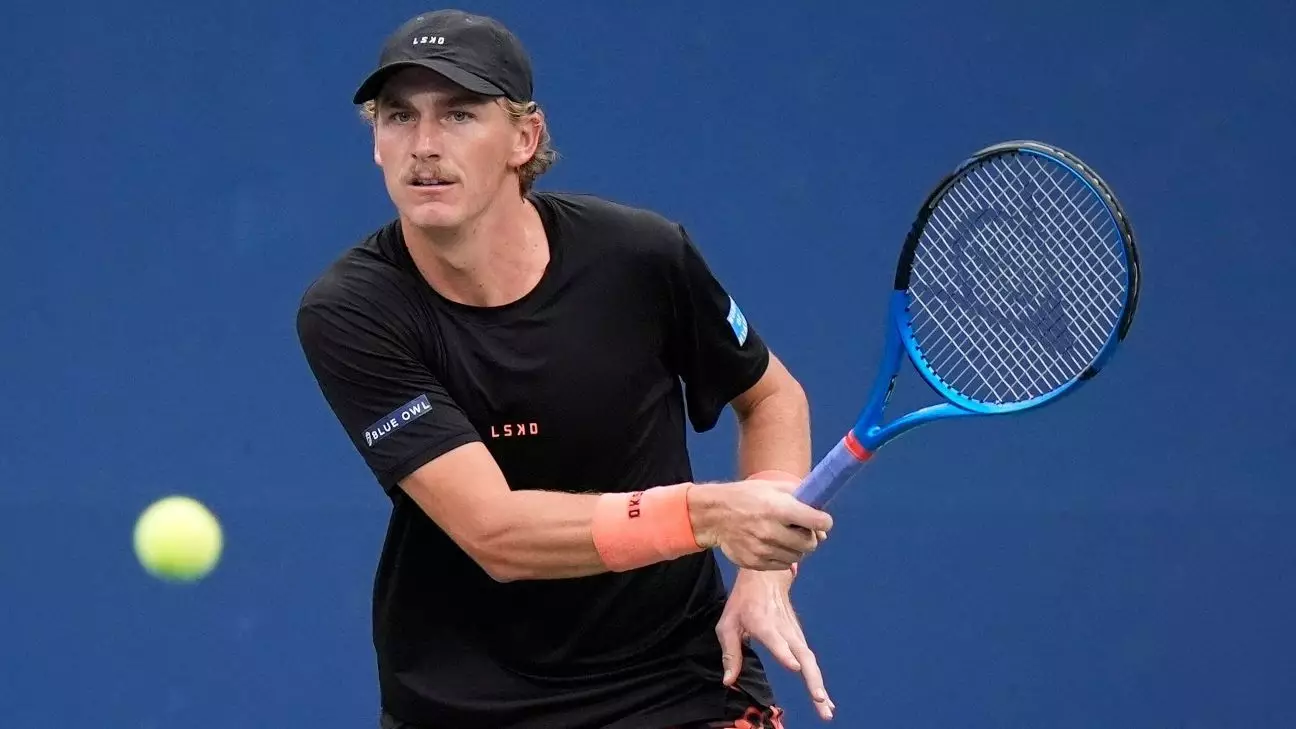The world of tennis is no stranger to doping scandals, and the recent provisional suspension of Max Purcell has reignited discussions about integrity in sports. A two-time Grand Slam champion in doubles, Purcell’s admission to breaching tennis’s anti-doping regulations raises critical questions about athlete accountability and the effectiveness of anti-doping measures within the sport. As the International Tennis Integrity Agency (ITIA) emphasizes the importance of maintaining a level playing field, the broader implications of Purcell’s suspension resonate throughout the tennis community.
Purcell’s violation relates specifically to Article 2.2 of the Tennis Anti-Doping Program, which addresses the use of prohibited methods. While the exact nature of the prohibited method has not been disclosed, the seriousness of such a violation cannot be understated. By voluntarily entering a provisional suspension, Purcell places himself in a precarious position within the professional tennis circuit. This suspension, effective as of December 12, signifies not just a personal setback for the athlete but also casts a shadow on his previous accolades, including his recent U.S. Open victory alongside Jordan Thompson and his Wimbledon success with Matthew Ebden.
The ramifications of this provisional suspension extend beyond mere statistics; they significantly impact Purcell’s standing within the tennis community. Currently ranked 12th in doubles and having been a runner-up in the Australian Open finals, his achievements speak to a successful career trajectory. However, being embroiled in a doping scandal may tarnish his reputation among fans and fellow athletes alike. The atmosphere of suspicion that surrounds athletes involved in doping violations often leads to widespread condemnation, jeopardizing career prospects and sponsorship opportunities.
Purcell’s case is just one of several that have surfaced in a sport nearing a crossroads in its anti-doping policy enforcement. Recent events, including the suspension of five-time Grand Slam champion Iga Swiatek for testing positive for trimetazidine, demonstrate the sport’s ongoing struggle with performance-enhancing substances. Contrastingly, top-ranked player Jannik Sinner’s exoneration after a positive test for a trace amount of a steroid points to inconsistencies in how violations are processed and perceived.
The tennis community must confront the challenges posed by doping violations head-on. For players like Max Purcell, the path forward involves a reassessment of both personal conduct and the rigorous compliance with anti-doping regulations. As the ITIA continues to navigate the complex terrain of integrity in sports, it remains essential for all parties—athletes, governing bodies, and fans—to advocate for transparent practices that ensure fair competition. Only through collective commitment to upholding these principles can the sport hope to overcome the negative effects of doping scandals and restore confidence in its integrity.

